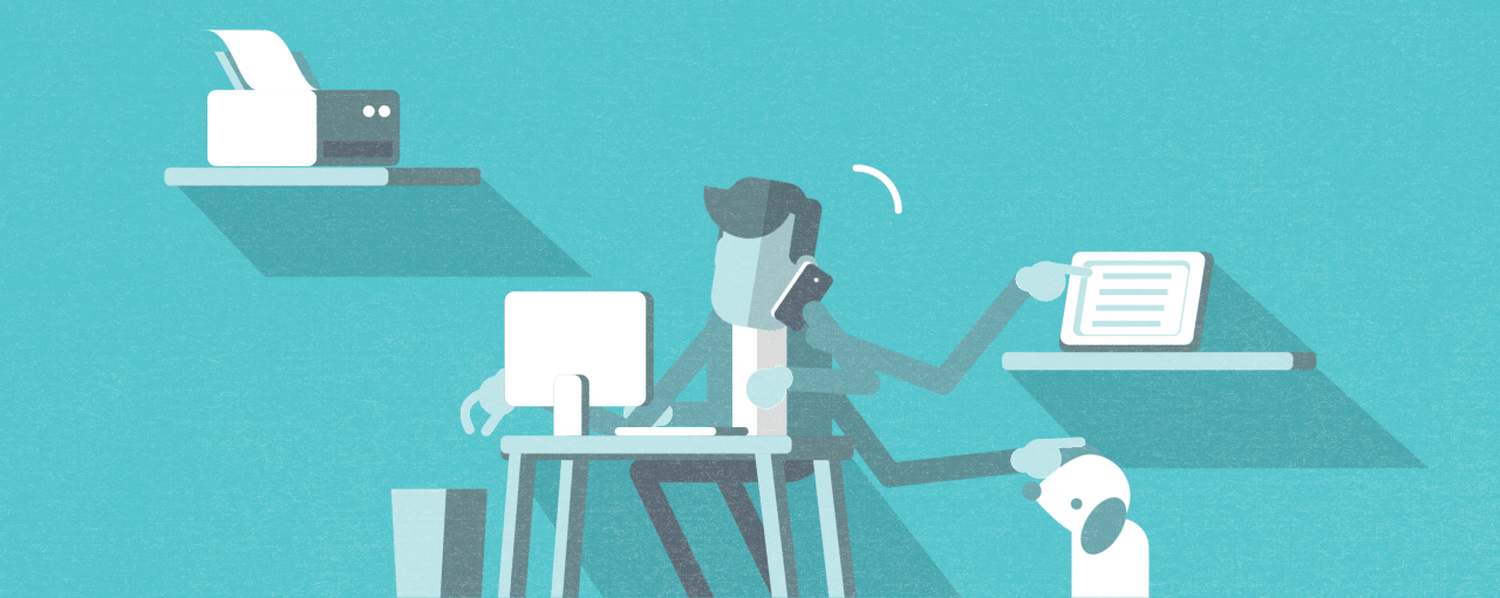
How to give engaging, memorable presentations to distracted audiences
The Problem
You
You are a knowledge worker, and you have a presentation. You’re sharing a week of work, perhaps several months of work. You’re presenting your own work or work on behalf of a team. The delivery of your message matters; this presentation may affect the destiny of your project, and your team. Maybe even your career trajectory.
Your Audience
They are overworked and the dog is whining at the door. They have a meeting right before and right after this. They are running late. Their tea kettle is going off. There’s a leaf blower outside. They didn’t have lunch today.
Research
According to a 2021 survey of over 500 knowledge workers, 84.1% of respondents report multitasking during meetings. 33.4% say they multitask very frequently. 75.6% of your audience is doing other work-related tasks. 32% are checking social media or reading the news.
With work-from-home and hybrid models on the rise, the boundaries of work-life-balance will continue to blur — adding even more challenges to focus-time.
The Solution: Ask for more, not less
Overcome your audience’s distraction by enlisting your audience to participate.
Ask your audience to be active participants, not passive listeners, to increase their engagement. Bring your audience into the fold by giving them achievable, relevant and engaging tasks*.*
3 tips to enlist your audience:
1. Start with a meaningful prompt or task
Ask your audience to answer a question or complete a low-stress task. Make these “asks” straightforward, feasible, and concrete. Audience activities need to be easy to do, but not childish.
For example:
“Pull up this page and tell me how many times you see [ x ] on this landing page?”
“Look up [ x ] in the app store and tell me how many [ y ] related apps you see?”
“Think about how many times you do [ x ] in a given day.”
.
2. Don’t be afraid to use their environment or office materials
Ask your audience to look around, find something, and engage with their surroundings. Everyone has a different office setup, but you can start with a few near-certainties: They have a screen open. Maybe multiple screens. They’re probably at a desk. They have office supplies.
For example:
“For today’s presentation, I’m going to ask that everyone have a notebook and pen...”
“Looking around your office environment, how many devices (laptop, wearable, tablet, phone) deliver visible or audible push notifications?…”
“From where you’re sitting, can you count the number of screens you see?”
3. Let the activity guide the audience to your conclusion
In scientific research/research, a well-designed experiment leads to the same result every time. Instead of narrating an idea to get your audience to understand your point, give them a task that will lead to your big idea.
For example:
“Based on our shared research efforts in the App Store, it’s obvious that there aren’t a lot of [ x ] apps and that iOS users are missing out.”
“Based on the analysis we did together, we can see that main players in the [ x ] product world are framing the value of their products by [ y criteria ], and ignoring [ z criteria ].”
“Based on the informal polling we did today, we can see that parents of young children consistently rely on [ x ] service, and seem to be ignoring [ y ] factor”
These kinds of polling and analysis exercises may be challenging to create – but worth the pay-off. If you can create an in-session poll, exercise or analysis and deliver it with your audience (rather than to your audience), the results can be profound.
Conclusion
As you consider your next presentation, create an opportunity to include your audience through participation. Ask them to think critically about what you’re sharing. When you activate your audience, you have the power to change minds.


